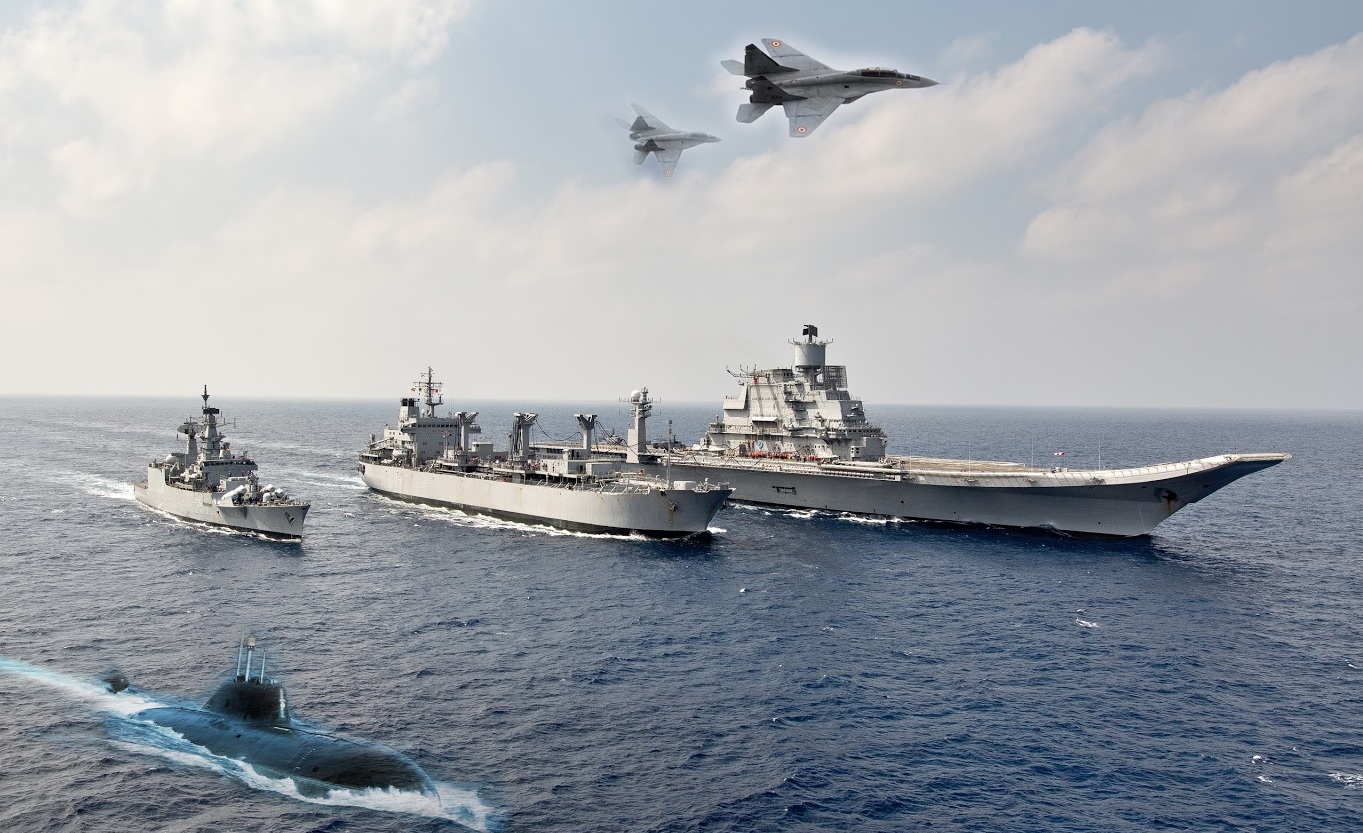Project 75(I) Delays Leave India Vulnerable Amid Growing Chinese and Pakistani Submarine Threats

Project 75 (India) aims to bolster the Indian Navy's underwater capabilities by building six advanced submarines with Air-Independent Propulsion (AIP) systems. The project faces delays due to technical challenges, particularly in meeting AIP criteria, but remains crucial for countering regional threats from China and Pakistan.
India’s Project 75 (India), or P75(I), stands as a critical initiative aimed at enhancing the Indian Navy’s underwater capabilities by constructing six advanced conventional submarines equipped with Air-Independent Propulsion (AIP) systems. This ambitious ₹43,000 crore project faces delays due to technical and strategic challenges, particularly in meeting the AIP criteria by potential foreign collaborators. The strategic importance of P75(I) cannot be overstated, given the growing submarine presence of China in the Indian Ocean Region and Pakistan's accelerated naval acquisitions.
Project Overview and Current Status
Project P75(I) was initiated in the late 1990s to address the pressing need for modernizing India’s submarine fleet. The project aims to produce submarines with advanced sensors, weapons, and AIP systems through joint ventures between Indian firms and foreign technology partners. These submarines are expected to significantly enhance the operational capabilities of the Indian Navy, providing it with stealth and extended underwater endurance.
Initially, five international firms showed interest in the project: ThyssenKrupp Marine Systems (TKMS) from Germany, Navantia from Spain, Daewoo from South Korea, Rosoboronexport/Rubin Design Bureau from Russia, and the Naval Group from France. Over time, only TKMS and Navantia have remained in serious contention.
The AIP Technology Challenge
A key requirement of P75(I) is the inclusion of AIP technology, which allows submarines to remain submerged longer without surfacing to charge batteries. This capability significantly enhances stealth and operational range, making submarines harder to detect. Currently, only German submarines possess proven AIP technology, putting TKMS at an advantage over Navantia, which is still developing this capability.
Navantia's struggle to meet the AIP criteria has emerged as a significant hurdle. Despite their efforts, they are yet to master this technology, causing delays. The Indian government is keen to avoid a single vendor situation to ensure fairness and competition. This has led to considerations of delaying the acquisition process until Navantia can meet the AIP requirements, thus maintaining a level-playing field.
Strategic Implications
The strategic implications of P75(I) are profound. The Indian Navy’s current fleet of attack submarines has dwindled from 21 in the 1980s to just 16, with only eight being battle-ready at any given time. The existing submarines are aging, with many undergoing mid-life upgrades. Modernizing the fleet is crucial to counter regional threats, particularly from China and Pakistan.
China's growing submarine presence in the Indian Ocean and Pakistan's rapid acquisition of submarines underscore the urgency for India to enhance its naval capabilities. China, with over 65 submarines, poses a significant threat, while Pakistan is also bolstering its fleet with assistance from China. The launch of the first Hangor-class submarine for Pakistan by China last month is a testament to this growing threat.
The Contenders: TKMS and Navantia
TKMS, with its proven AIP technology, is currently the frontrunner for the P75(I) contract. The company has a longstanding history with India, having developed four Shishumar-class submarines for the Indian Navy in the 1980s and 1990s. Despite past controversies, including a corruption scandal that led to HDW’s blacklisting, TKMS has re-entered the Indian market, supported by the German government.
TKMS's proposal includes a complete transfer of technology to India, ensuring that the submarines will be built by Mazagon Dock Shipbuilders Limited (MDL) in Mumbai. This collaboration promises to enhance India's self-reliance in submarine construction. The submarines offered by TKMS are derivatives of the HDW class 214, tailored to meet the stringent P75(I) requirements and incorporating advanced design features.
On the other hand, Navantia has partnered with Larsen & Toubro (L&T) for the project. Despite their efforts, the absence of proven AIP technology remains a significant drawback. Navantia is hosting an Indian team for field evaluation trials, hoping to prove their capabilities by the end of the year. However, their success largely hinges on the timely development of their AIP system.
Potential Alternatives and Future Prospects
The debate over the relevance of AIP technology is ongoing, with some experts suggesting that advancements in lithium-ion battery technology could offer superior underwater endurance in the future. Lithium-ion batteries promise longer operational life and quicker charging times compared to traditional lead-acid batteries. While not yet as mature as AIP systems, this technology could potentially offer a viable alternative, reducing reliance on AIP.
India must weigh the immediate benefits of proven AIP technology against the potential future advantages of emerging battery technologies. The decision will impact not only the success of P75(I) but also the broader strategic objectives of the Indian Navy.
Conclusion
Project 75 (India) is a pivotal initiative for modernizing the Indian Navy’s submarine fleet, addressing both current deficiencies and future strategic threats. The delays faced due to technical challenges, particularly in meeting the AIP criteria, underscore the complexity of the project. TKMS, with its proven AIP technology, appears to be the leading contender, while Navantia’s efforts to catch up remain crucial for maintaining competitive fairness.
The strategic importance of P75(I) is amplified by the growing submarine capabilities of China and Pakistan. Modernizing India’s submarine fleet is not just about enhancing operational capabilities but also about ensuring national security in a region fraught with maritime challenges. As India navigates these complexities, the success of P75(I) will depend on a careful balance between immediate technological needs and future advancements, ensuring a robust and capable underwater fleet for the Indian Navy.
In conclusion, the future of Project 75 (India) holds significant promise for India’s naval capabilities, contingent on overcoming current challenges and making strategic decisions that align with long-term defense objectives.



